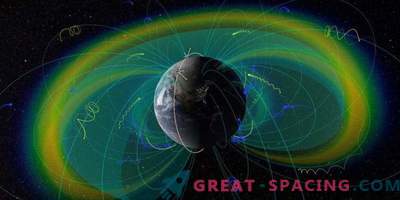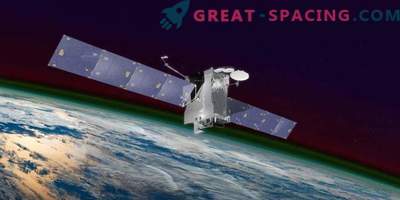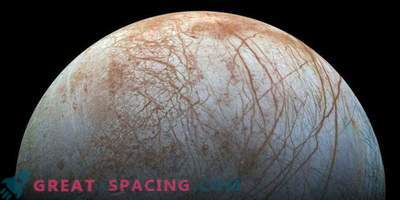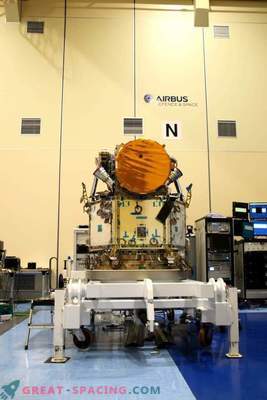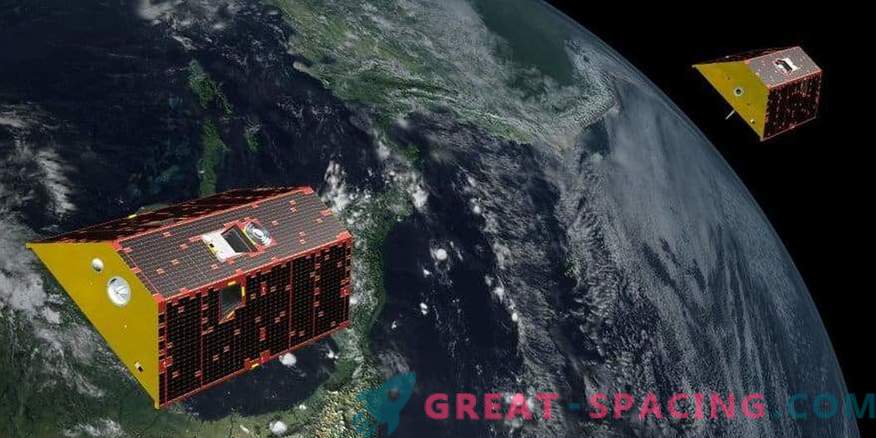
The artistic vision of the mission of GRACE-FO, which will track changes in the distribution of the Earth’s mass, ensuring understanding of the climate, processes of the Earth’s system and human influence
A pair of new spacecraft, which will constantly monitor the changing water cycle of our planet, ice sheets and crust, are in the final stages of preparation. The launch is scheduled no earlier than May 19 from California. The mission of GRACE-FO is the collaboration of NASA and the German Geoscience Research Center (GFZ). This is a continuation of the mission of GRACE, which ended its 15-year operation in 2017.
GRACE-FO will continue to monitor monthly changes in mass distribution in the atmosphere, oceans, land, and ice sheets, as well as within the hardest bark. These data will provide unique information about the changing Earth's climate, the processes of the planet, as well as the impact of human activity.
The devices use innovative technology to observe what cannot be seen directly from space. It is planned to use the weight of water to measure its movement. For this, GRACE-FO will accurately calculate the changes in the shape of the gravitational field of the planet, caused by the movement of a huge amount of water, ice and solid Earth.
New Heritage
GRACE-FO will expand the GRACE database for another 5 years and increase the number of scientific achievements. GRACE was able to identify the continuing mass loss from the ice sheets of Greenland, Antarctica and mountain glaciers. This wealth of information sheds light on key processes, short-term volatility and long-term trends affecting sea-level rise.
GRACE data was also used to determine changes in deep ocean currents — a driving force in Earth's climate. Atmospheric temperature profile information has helped improve weather forecasts in the United States and Europe. The database also provided a better understanding of how the crust responds to glacier reduction.
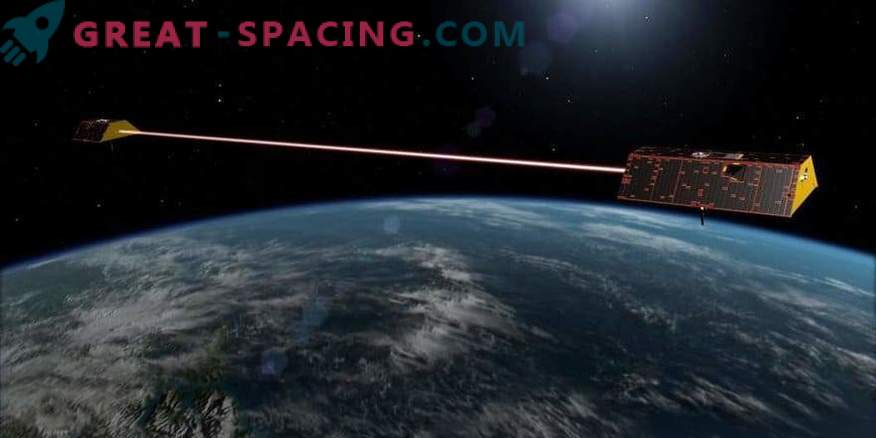
Artistic vision of the GRACE-FO mission twin spaceship. It will continue to monitor changes in the masses of the Earth to track the evolution of the water cycle.
Orbital Pathfinders
Two identical satellites GRACE-FO will function as a single instrument. Devices rotate around the Earth at a distance of 220 km from each other at an altitude of 490 km. Each satellite continuously sends microwave signals to accurately determine the distance between them. Flying over a massive earth feature, in the form of a mountain range or an underground water source, the signal is marked by a satellite. The GPS receiver is used to track the location of each spacecraft relative to the earth's surface, and the built-in accelerometers record gravitational forces on the device, such as atmospheric resistance and solar radiation. This information is combined to create monthly maps of regional changes in global gravity.
GRACE-FO will also test an experimental laser range interferometer - a tool capable of increasing the measurement accuracy between two spacecraft by a factor of 10 or more.
GRACE-FO will launch into orbit with 5 Iridium NEXT communication satellites on the SpaceX Falcon 9 rocket from Vandenberg Air Force Base (California).


